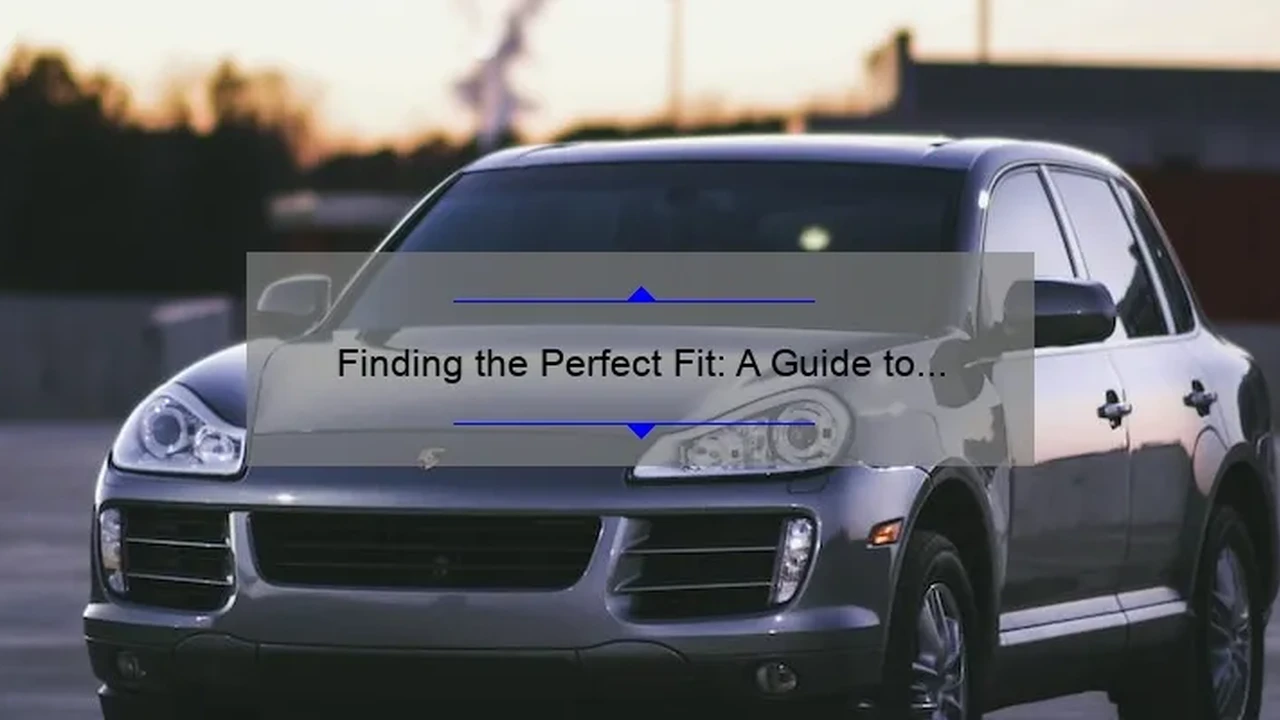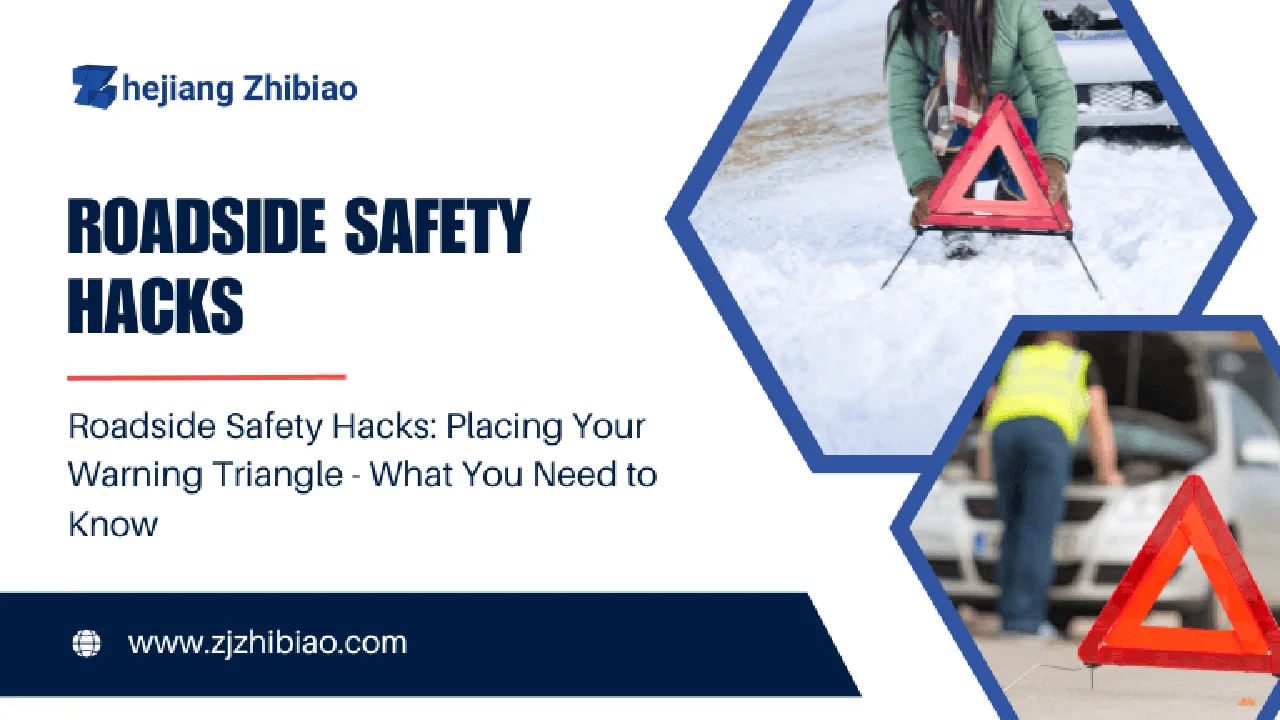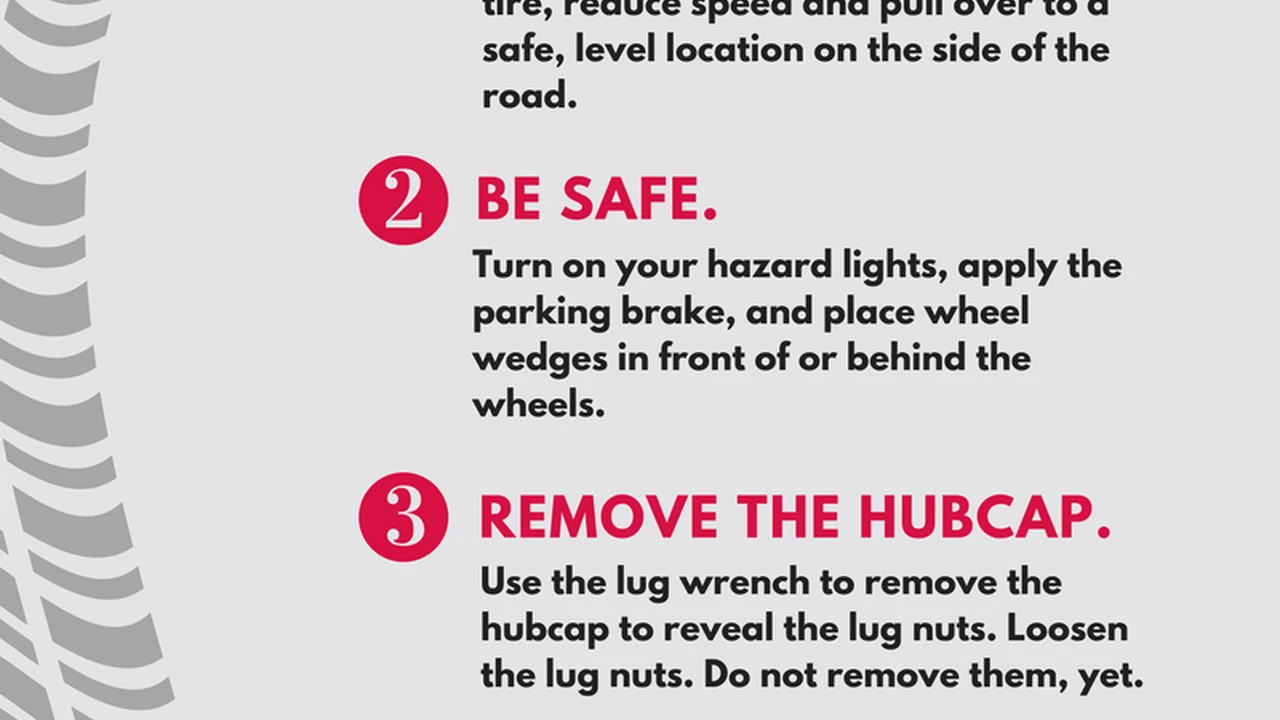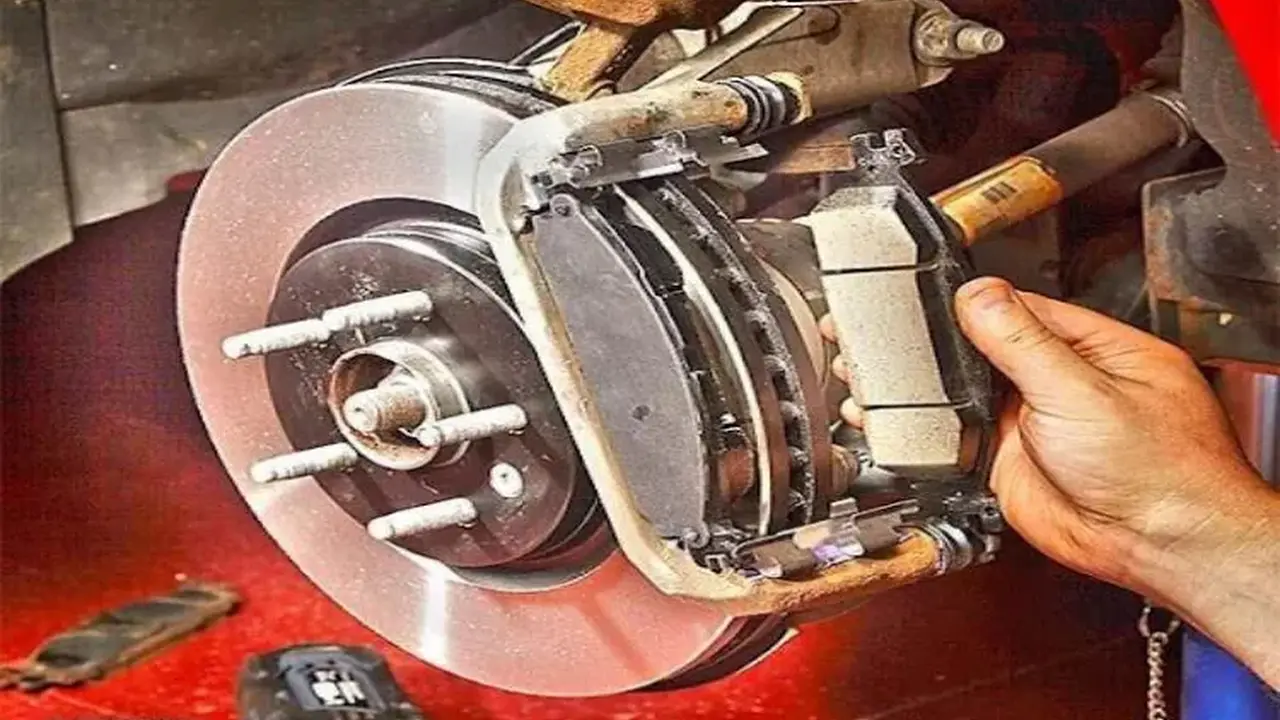Choosing the Right Size Spare Tire for Your Vehicle

Understanding the Importance of Spare Tire Size: A Comprehensive Guide
Hey there, fellow drivers! Ever been stranded on the side of the road with a flat, only to realize your spare tire is…well, not quite the right fit? Yeah, it's a less-than-ideal situation. Choosing the right size spare tire for your vehicle isn't just a suggestion; it's crucial for your safety and your vehicle's performance. Think of it as having a properly sized band-aid for a boo-boo – you wouldn’t use a tiny one for a huge scrape, right?
We're going to dive deep into everything you need to know about spare tire sizes, from understanding the cryptic numbers on the sidewall to picking the perfect temporary or full-size replacement. Buckle up, because this is one ride you don't want to skip!
Decoding Tire Size Markings: A Beginner's Guide to Understanding Tire Size Information
Those numbers and letters on the side of your tire might look like gibberish, but they're actually a secret code revealing crucial information. Let’s crack it! For example, you might see something like "P215/65R16 98H". Let's break it down:
- P: This stands for Passenger tire. If you see "LT," it means Light Truck.
- 215: This is the tire's width in millimeters. So, this tire is 215mm wide.
- 65: This is the aspect ratio, which is the height of the tire's sidewall as a percentage of its width. In this case, it's 65% of 215mm.
- R: This indicates the tire's construction type - Radial.
- 16: This is the wheel diameter in inches. This tire fits a 16-inch wheel.
- 98: This is the load index, which represents the maximum weight the tire can carry. You'll need to consult a load index chart for the actual weight.
- H: This is the speed rating, indicating the maximum speed the tire is designed to handle. Again, you'll need a speed rating chart for the specific speed.
Got it? Great! Now, find those numbers on your current tires and write them down. This is your starting point.
Matching Your Spare Tire Size: Finding the Perfect Fit for Optimal Performance and Safety
Okay, so you know your tire size. Now, how do you make sure your spare matches? Ideally, you want a spare that's as close as possible to your original tires in terms of overall diameter. A significant difference can mess with your car's handling, braking, and even your anti-lock braking system (ABS) and traction control. Not good!
Here's the golden rule: Check your owner's manual! It will usually specify the correct spare tire size for your vehicle. If you can't find the manual, you can also check the sticker on your driver's side doorjamb or consult a tire professional.
If you're using a temporary spare (also known as a "donut"), it's even more critical to follow the manufacturer's recommendations. These spares are designed for short-term use only and have specific speed and distance limitations. We'll talk more about those in a bit.
Temporary vs Full Size Spare Tires: Understanding the Pros and Cons for Emergency Situations
Let's talk about the two main types of spare tires: temporary and full-size. Each has its own advantages and disadvantages.
Temporary Spare Tires (Donuts): Lightweight and Compact for Short Term Use
These are the skinny, lightweight spares that come standard in many cars. They're designed to save space and weight, but they're not meant for long-term use. Here's what you need to know:
- Pros: Lightweight, compact, affordable.
- Cons: Limited speed (usually 50 mph), limited distance (usually 70 miles), can negatively impact handling, less grip in wet or snowy conditions.
- Usage: Get you to a tire repair shop as quickly and safely as possible.
Full Size Spare Tires: Durable and Reliable for Extended Use
These are exactly what they sound like: a tire that's the same size and type as your regular tires. They offer several advantages:
- Pros: Can be used for extended periods, no speed or distance limitations (as long as it matches your other tires), better handling and braking.
- Cons: Take up more space, heavier, more expensive.
- Usage: Can be used as a direct replacement for a damaged tire, offering a more reliable and longer-lasting solution.
Which one is right for you? It depends on your needs and preferences. If you prioritize space and weight savings, a temporary spare might be sufficient. But if you frequently travel long distances or drive in areas with poor road conditions, a full-size spare might be a better investment.
Product Recommendations: Choosing the Best Spare Tire Options for Your Vehicle
Okay, let's get down to brass tacks and look at some specific spare tire options. Remember, always consult your owner's manual and a tire professional to ensure you're getting the right size for your vehicle.
Temporary Spare Tire Recommendations
- Goodyear Space Saver: A reliable and affordable temporary spare tire. Offers decent performance for short-term use. Price: Around $80-$120.
- Bridgestone Blizzak LM-60: While technically a winter tire, some sizes are available as temporary spares. Provides improved grip in snow and ice. Price: Around $100-$150.
Full Size Spare Tire Recommendations
For full-size spares, it's best to match the brand and model of your existing tires. Here are a few popular options, but remember to check compatibility with your vehicle:
- Michelin Defender T+H: A highly-rated all-season tire known for its long tread life and comfortable ride. Price: Around $150-$250 per tire.
- Continental TrueContact Tour: Another excellent all-season tire offering a good balance of performance, comfort, and fuel efficiency. Price: Around $130-$230 per tire.
- BFGoodrich All-Terrain T/A KO2: A popular choice for trucks and SUVs, offering excellent off-road capability and durability. Price: Around $200-$400 per tire.
Using Your Spare Tire: Step by Step Guide to Changing a Flat Tire Safely and Efficiently
Knowing how to change a flat tire is a skill every driver should have. Here's a step-by-step guide:
- Safety First: Pull over to a safe, level location away from traffic. Turn on your hazard lights.
- Gather Your Tools: Locate your spare tire, jack, lug wrench, and owner's manual.
- Loosen the Lug Nuts: Use the lug wrench to loosen the lug nuts on the flat tire. Don't remove them completely yet.
- Position the Jack: Consult your owner's manual for the correct jacking points on your vehicle.
- Raise the Vehicle: Slowly raise the vehicle until the flat tire is off the ground.
- Remove the Lug Nuts: Now, completely remove the lug nuts and carefully take off the flat tire.
- Mount the Spare Tire: Align the spare tire with the wheel studs and push it onto the hub.
- Tighten the Lug Nuts: Hand-tighten the lug nuts in a star pattern.
- Lower the Vehicle: Slowly lower the vehicle until the spare tire is touching the ground.
- Final Tightening: Use the lug wrench to fully tighten the lug nuts in a star pattern.
- Lower Completely: Lower the vehicle completely to the ground and give the lug nuts one final check.
- Stow the Flat Tire and Tools: Put the flat tire and tools back in their designated storage areas.
- Check Tire Pressure: Inflate the spare tire to the recommended pressure (found in your owner's manual or on the tire itself).
- Get Your Tire Repaired or Replaced: As soon as possible, take your flat tire to a tire shop for repair or replacement.
Spare Tire Maintenance Tips: Ensuring Your Spare is Ready When You Need It
Your spare tire is often neglected, but it's important to keep it in good condition so it's ready when you need it. Here are a few maintenance tips:
- Check Tire Pressure Regularly: Even when you're not using it, your spare tire can lose air pressure over time. Check it at least once a month and inflate it to the recommended pressure.
- Inspect for Damage: Look for cuts, bulges, or other signs of damage. If you see any damage, replace the spare tire.
- Proper Storage: Store your spare tire in a clean, dry place. Avoid exposing it to direct sunlight or extreme temperatures.
- Replace When Necessary: Even if your spare tire looks good, it should be replaced every 6-10 years, regardless of tread depth. The rubber deteriorates over time, making it unsafe to use.
Real World Scenarios: When a Good Spare Tire Saved the Day
Let me tell you about a time a proper spare tire saved my bacon. I was driving through the Nevada desert, miles from anywhere, when I hit a piece of metal on the road. BANG! Flat tire. Luckily, I had a full-size spare that matched my other tires. I was able to change the tire quickly and safely, and continue on my journey without any major delays. If I had a donut, I would have been stuck limping along at 50 mph for who knows how long, hoping to find a tire shop before I ran out of miles.
Different Tire Brands Comparison: Choosing the Right Brand for Your Needs
Choosing the right tire brand can be overwhelming, with so many options available. Here's a quick comparison of some popular brands:
- Michelin: Known for their high quality, long tread life, and comfortable ride. Generally more expensive.
- Continental: Offers a good balance of performance, comfort, and fuel efficiency. A great value option.
- Goodyear: A well-established brand with a wide range of tires for different vehicles and driving conditions.
- Bridgestone: Known for their durability and performance in wet conditions.
- Pirelli: A popular choice for performance vehicles, offering excellent handling and grip.
- BFGoodrich: A great option for trucks and SUVs, offering excellent off-road capability and durability.
The Impact of Tire Size on Fuel Efficiency and Vehicle Performance: Understanding the Trade Offs
Choosing the right tire size can also impact your fuel efficiency and vehicle performance. Generally, larger tires can decrease fuel efficiency due to increased rolling resistance and weight. They can also affect your vehicle's acceleration and braking performance.
However, larger tires can also improve handling and stability, especially in off-road conditions. It's all about finding the right balance for your needs and driving style.
The Future of Spare Tires: Run Flat Tires and Other Innovations
The future of spare tires is changing. Run-flat tires are becoming increasingly popular, allowing you to drive for a limited distance after a puncture. Other innovations include tire pressure monitoring systems (TPMS) and self-sealing tires.
These technologies are designed to reduce the reliance on spare tires and improve safety and convenience.
:max_bytes(150000):strip_icc()/277019-baked-pork-chops-with-cream-of-mushroom-soup-DDMFS-beauty-4x3-BG-7505-5762b731cf30447d9cbbbbbf387beafa.jpg)






